Toscano’s is a name Bangaloreans love. Launched in 2008 by Jean Michel Jasserand and Goutham Balasubramanian, this success story has branches in U.B.City, Orion Mall, Whitefield and Jayanagar. The brand holds endless attraction, managing to keep its fine-dining restaurant, pizzeria and wine bar identities distinct, serving up gourmet pizzas and multi-course dinners with equal felicity. Toscano’s was also well ahead of its time as the city’s first wine bar, and today, ranks as the city’s highest wine-selling restaurant. This owes nothing to chance and everything to a well thought out, pro-active and customer friendly strategy in marketing wine.
A wine bar in a continuously expanding city, set right in the heart of one of the country’s premier wine-growing areas with a young population seems like just the right move. Bangalore is definitely a city that loves wine, has an active Wine Club, and a number of well-attended wine promotions through the year will testify. But it is also a city with a population of young IT professionals, eager to dine out, explore new culinary experiences, to whom pairing food with wine could appear confusing and intimidating. To these potential wine drinkers, Toscano’s offers a space that is chic, and just casual enough, with a relaxed atmosphere, in which to try out a glass or two – or maybe a bottle of wine. The bar, although part of the restaurant, is a distinct space, with high stools and an arc of blackboard with chalked prompts. Small plates, bruschettas, cheese and meat platters and great piadinas can be ordered from the extensive menu, to accompany the wines.
Keen thought has gone into making the enjoyment of a glass of wine at Toscano’s a hassle-free experience: the labels on the list are chosen through tastings by experts and chefs, and categorized by country and varietal for easy access, a selection that represents every major wine producing country. Of a substantial, by Indian standards, 130 labels 36 – 15 red, 15 white, 4 rosé and 2 sparkling – are sold by the glass. Clemens Busch Marienburg Spatlese 2008, Baron Philippe Sauvignon Blanc; Saint Clair Sauvignon Blanc 2011; Georges Duboeuf Syrah Rosé; Torres Sangre De Toro 2011; Franco Mondo Barbera D’Asti are just some of the selections on their list, besides all the prominent Indian brands. Promotions and awareness programmes are lively and frequent: wine dinners every month that offer special menus are created by chefs, paired with wines taking the help of experts; in addition, wines are promoted by the country, each month, both by the bottle and by the glass. Promotional lunches offer a 90ml serving from a special menu.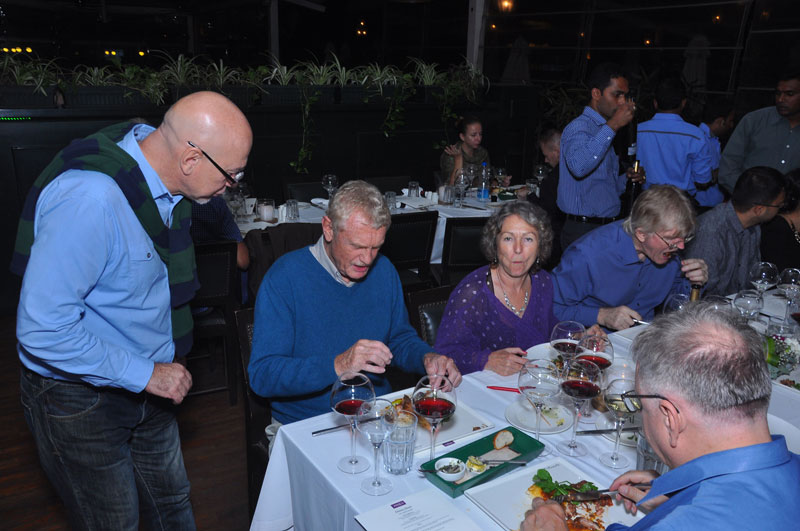
Jean Michel Jasserand who, as a dynamic restaurateur, has had ample opportunity to watch the market closely, observes that at Toscano’s U.B. City, every table has a glass or bottle of wine on it at lunch and dinner – people are definitely drinking more wine, including the older generation, at family tables. Reds are still more popular, making about 70% of what is drunk. Interestingly, women tend to drink more whites, and a quick glance around us confirms his observation. Jean Michel believes in the importance of the role of the food and beverage professional in promoting a wine culture. His passion for teaching people about wine, and personal involvement, is evident in the sheer attention to detail at Toscano’s: for instance, he walks from table to table, encouraging people to try a fresh rosé or a crisp, well chilled white when summer temperatures rise. The wine of the month at his restaurants is prominently displayed on at trolley at the entrance, and is discounted by 15%; in addition a blackboard announces more details to guests. Toscano’s was also the first in Bangalore to sell a house wine under its own label, even the label locally designed. 10,000 bottles of Italian Merlot and Pinot Bianco were sold over six months, extremely reasonably priced at Rs.1800. Currently, they have two whites and two reds that are available across all their locations. Jean-Michael is emphatic about keeping their prices moderate, to encourage more people to sample wine and is justifiably pleased at the customer response to all their initiatives.
In Koramangala, Sudhir Sastry, who works for a leading multinational IT company, and his business partners Vansicharan Mudiam and Murli Mohan have just launched a wine bar, Chianti, upstairs from their eponymous restaurant. The interiors are warm wood and red brick, the ambience informal, with framed images of basic wine knowledge and a ready reckoner of types of wines. One of their main aims, says Sastry, is to simplify the process of ordering wine, to put the customer at ease, and encourage him to explore and discover what suits his palate best. The wine list is simple, where whites, for instance, are classified as ‘light and crisp’, ‘soft and fruity’ or ‘luxurious and full bodied’. Each group carries suggestions of what to eat and drink, and small icons of vegetables, red meat or charcuterie that serve as a very basic guide to pairing. Moderate pricing is a very important factor here, with options of drinking by the glass or bottle. With a modest 50 labels, including Beringer Founder’s Estate Sauvignon Blanc, Framingham Classic Riesling and Castello Di Bossi Chianti, of which 22 are sold by the glass across red, white and rosé, Chianti are looking to offering 100 labels within the next two to three months. The menu is brief, consisting entirely of small plates like sautéed herbed mushrooms, grilled prawns, roasted pork belly in a Balsamic reduction, and a small selection of desserts. Through May of this year, Chianti will be feeling the pulse of the city with a wine dinner planned for each week that will consist of four courses paired with wines from selected producers. In the few short months since they opened, says Sastry, the response has been ‘exciting’, with Chianti attracting young professionals, couples and women out with friends. He and his partners are looking at linking up with key local vineyards with a view to launching their wines and bringing about a much greater awareness in the market.
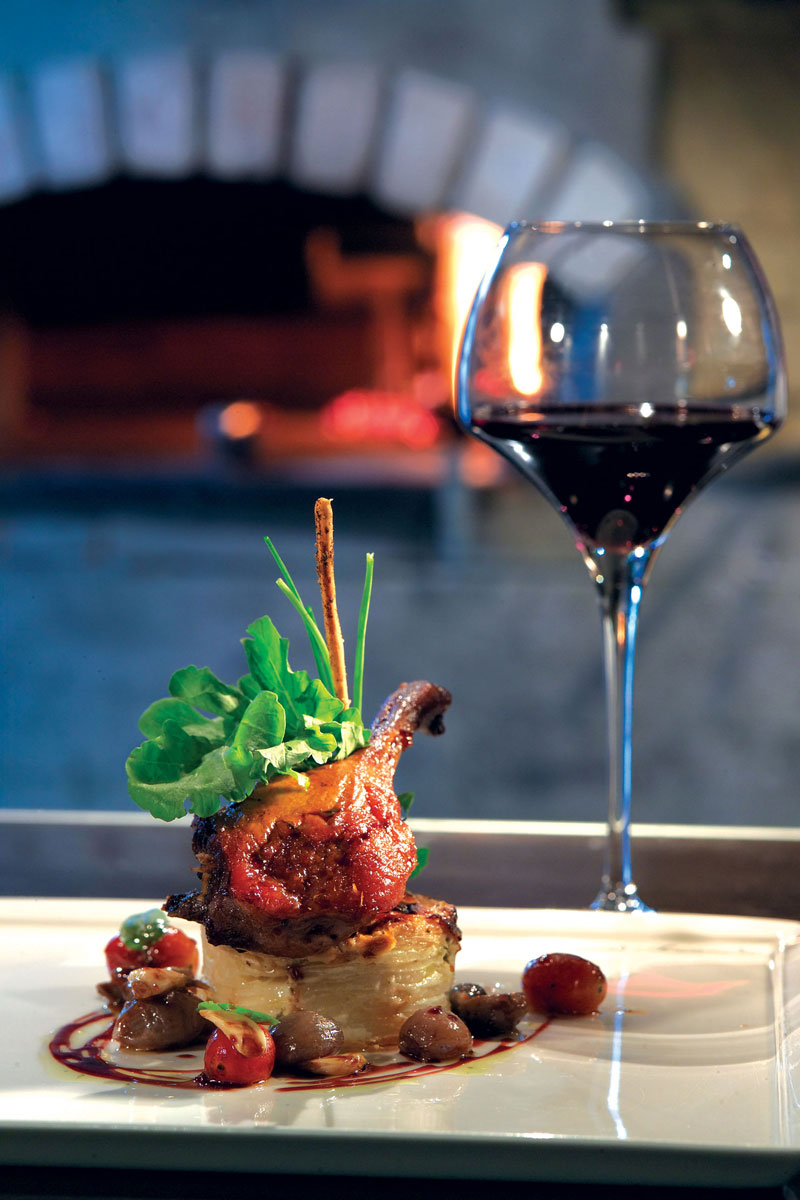
At Toscano’s too, the pricing is moderate, and local wines and wine growers are promoted to an advantage. Jean Michel and Goutham Balasubramanian score on the quality and consistency of their food that ranges from full menus to small plates. A weekday afternoon or evening at any one of the Toscano’s locations simply buzzes with high energy and it’s practically impossible to squeeze in on weekends: it’s a place to socialize, entertain and enjoy a glass of good wine.
India’s wine drinking is still tentative, aspirational, and wine bars bring it out of the ambit of the expensive 5 stars, promoting lifestyle choices, an opportunity to explore the world of wine and develop preferences in an atmosphere that is both relaxed and convivial. Perhaps one of the best things that could happen to the country’s slowly evolving wine culture is the rise of the wine bar.
Bourgeoning Wine Bars appeared in Sommelier India Magazine, Vol.9 Issue 4, August-September 2014.
Image Credits: Courtesy Toscano’s

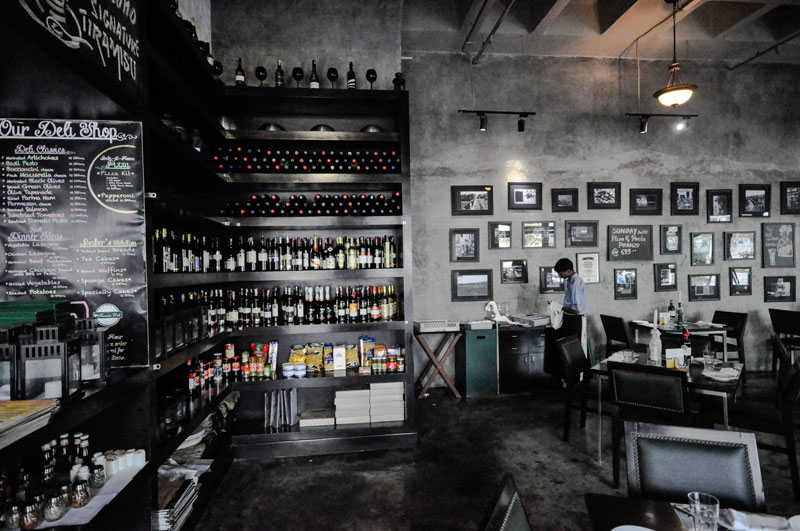
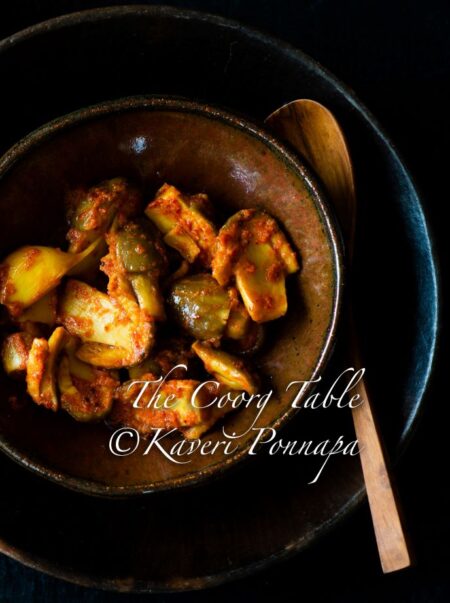
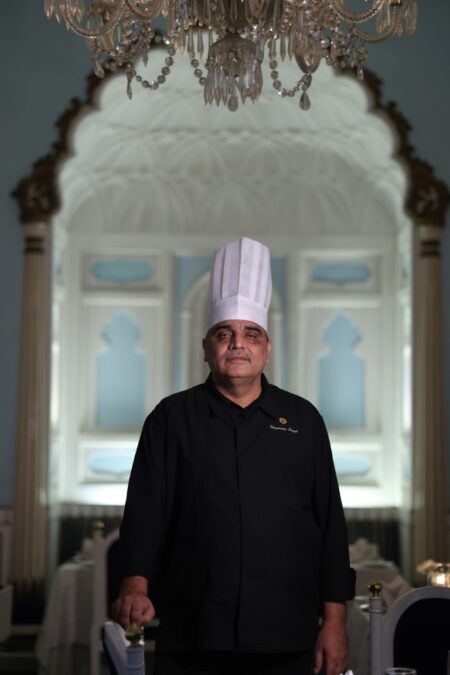
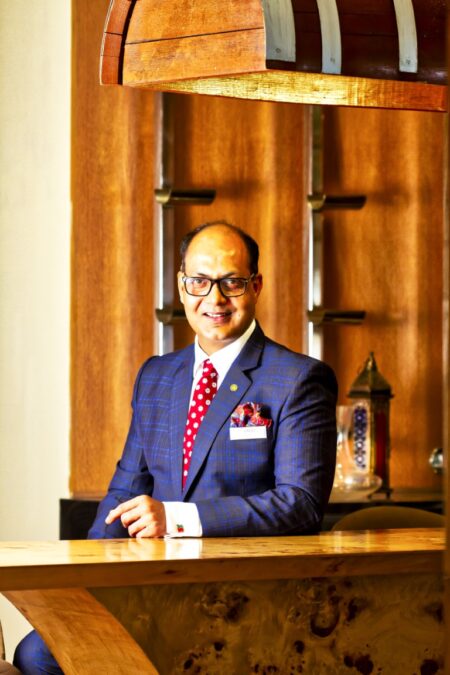
Take a look at This: http://www.bethelheights.com/ Would love to talk to you about this.